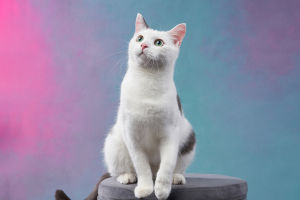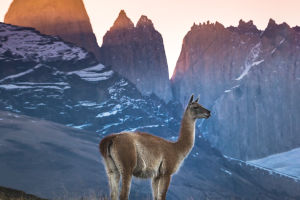The red-and-green macaw (Ara chloropterus) is a breathtaking bird known for its vibrant colors, intelligence, and charismatic personality.
Native to South America's tropical rainforests, this parrot is a true emblem of biodiversity and a key player in its ecosystem.
Let's dive into the world of this magnificent species and discover why it continues to captivate bird lovers and conservationists alike.
A Palette of Beauty
The vibrant blend of red, green, and blue feathers makes the red-and-green macaw an unforgettable sight. Their scarlet head and back transition to emerald-green wings, while their lower backs and tail feathers shimmer with shades of cobalt blue. A patch of bare, white skin around their eyes adds a unique touch to their appearance, often making them seem curious or even cheeky.
Measuring up to 37 inches (95 cm) from beak to tail, these macaws are among the largest parrots in the world. Their wingspan, which can reach up to 49 inches (125 cm), makes them graceful fliers despite their robust size.
Social Butterflies of the Forest
Red-and-green macaws are highly social birds that often travel in pairs or small family groups. You'll frequently see them perched in treetops, chattering loudly in their distinctive, raucous calls. These calls aren't just noise—they're a sophisticated form of communication used to maintain contact, warn of predators, or even show affection.
These macaws form monogamous bonds for life, making them a symbol of loyalty. Couples are often spotted grooming each other, a practice that strengthens their bond and keeps their feathers in pristine condition.
Masters of Adaptation
A diet rich in fruits, nuts, seeds, and clay makes these birds true survivalists. With their strong, curved beaks, they easily break open the toughest nuts, while their sturdy tongues provide the power to handle their food with precision.
Fascinatingly, they ingest clay from riverbanks, which helps them counteract natural toxins in certain unripe fruits and seeds. This behavior, known as geophagy, is a fascinating adaptation to their challenging environment.
Threats to Survival
While red-and-green macaws are mesmerizing creatures, they face significant threats. Habitat loss due to deforestation and illegal trapping for the pet trade are major challenges to their survival. These issues are compounded by the slow reproductive rate of the species, with pairs typically raising just one or two chicks every year.
Thankfully, conservation efforts are underway to protect their habitats and ensure their populations remain stable. Organizations are working to educate local communities about the importance of preserving these birds and enforcing stricter laws against wildlife trafficking.
Why They Matter
Red-and-green macaws play an essential role in their ecosystem. By consuming and dispersing seeds, they help regenerate forests and maintain biodiversity. Their presence is also a key indicator of the health of their habitat, making them an invaluable part of the rainforest.
For those lucky enough to see these macaws in the wild, they serve as a reminder of the beauty and interconnectedness of nature.
If you're inspired by the red-and-green macaw, consider supporting organizations dedicated to rainforest conservation. Avoid purchasing products made from endangered wildlife and spread awareness about the importance of protecting these birds and their habitats.
11 (New) Macaw Facts You Didn't Know [Must Check Fact 3]
Video by Grow Kido


